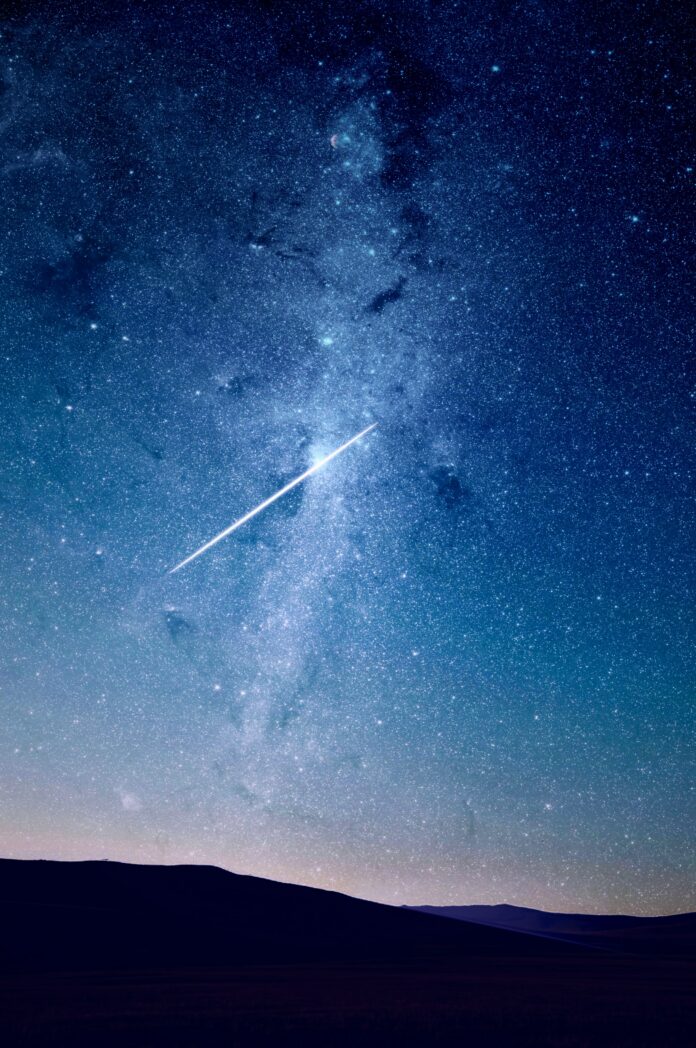It’s now officially fall and on Sunday October 9 we welcomed a Full Hunter’s Moon. This full moon goes by many names such as Dying Grass Moon, Migrating Moon or Travel Moon. The Native Americans noted the dying back of plants and the migration of birds, each a sign that winter was on its way. Even some tribes migrated. They moved from the mountains to lower levels for the winter.
October’s moon means that summer is over. Crops have been harvested and put away. Now deer are fat. Small animals are feasting on “scraps” left in the fields. Foxes and wolves take notice. It is time for all to hunt. Hunting skill makes all the difference between having enough to eat and facing a long hard winter without.
Did you realize that the mornings of late October and early November give us some of our latest sunrises? Don’t be surprised if you have trouble waking up some mornings. Not enough light! However, that will change. Saturday, November 5th is the end of Daylight Savings Time. As we “fall behind” with our clocks you’ll notice a big difference. One hour earlier sunrises! And as of November 6th, we’ll start noticing those one hour earlier sunsets!
The Orionid Meteor Shower will be something to watch this month. It happens between October 2- November 7, with the peak viewing period on the night of October 21. The best time to look for this meteor shower is between midnight and 3 a.m. Find a dark location away from artificial light and allow your own eyes at least ten minutes to adjust to the darkness. There may be up to 20 meteors per hour.
Where do these Orionid meteors come from? They form from bits of rock called meteoroids traveling in space, a byproduct of asteroids colliding. These are kind of special meteors though. They come to us by way of the debris field of Halley’s Comet. Most of us have heard the name. It is the only known short period comet that is regularly visible with the naked eye. It orbits the sun every 75-76 years. We can see it from Earth. This comet was first discovered by Edmund Halley in 1682. It appeared in 1758, 1835, 1910, and 1986. We look for it to appear again in 2062. These Orionid meteors carry a little piece of Halley’s Comet to us this month!
Did you ever wonder how Halloween came about? Look back 2,000 years to the Celtic festival called Samhain. This pagan celebration was observed at the end of summer and harvest. The Celts considered their New Year to begin on November 1st. They believed at year’s end there was an uncertain time when the worlds of the living and the dead became blurred. It was a time that ghosts of the dead returned to earth. As part of Samhain they lit bonfires. They also wore costumes to ward off ghosts. Some of the costumes were quite scary, made of animal skins. Other costumes noted saints, devils, and angels.
Pope Gregory III later declared November 1st as a day to honor all saints. The evening before it became known as All Hallows Eve. Hallow refers to a holy person, or to the saints. The word eve became a contraction called “een”. So it became our word for Halloween. Over the years we have adopted many customs associated with it. They are a part of fall. We carve pumpkins, wear spooky costumes, go trick or treating, visit haunted houses, and tell scary stories. What would October be without them?

by French artist Gustavo Dore.
Celts believed that October 31 was a time when the worlds of the living and dead became blurred. Ghosts of the dead returned to earth.

